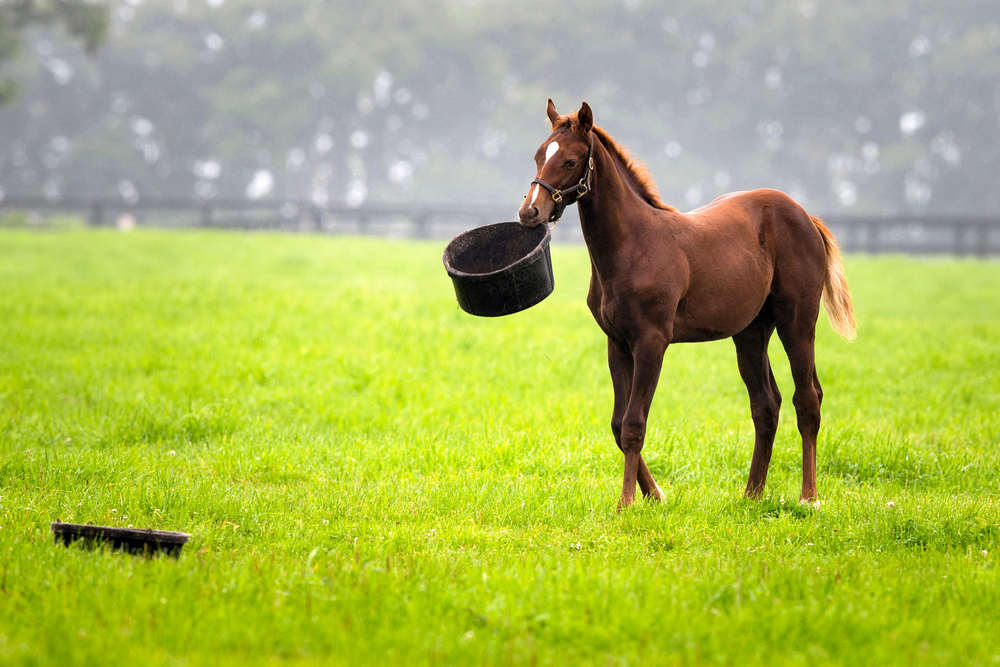How to Deal With Equine Obesity
Weight loss for horses and ponies can be difficult, with a number of factors making it a challenging task. Restricting the feed intake of an animal that spends most of its time eating can lead to colic and gastric ulcers; the key to success is a balance of feed intake with calorie restriction.
Here at P.H Winterton, we understand the importance of keeping your horse healthy, which is why we only supply the finest equine bedding.
For this blog, we are going to give you some tips to help avoid equine obesity.
Tips to Avoid Equine Obesity
Weighing Your Horse
Regularly checking your horse’s body weight helps you to keep an eye on their waistline and allows you to address any issues sooner rather than later.
Combine weigh taping with body condition scoring which helps to determine your horse’s ideal condition. If you cannot easily feel your horse’s ribs, they are overweight.
Weigh Your Horse Feed
It can be easy for feeding portions to creep up without you noticing, especially when feed is distributed in scoops.
Not all horse feeds are equal in weight, so it is crucial to know how much your scoop holds.
Knowing how much you feed your horse, including forage, means you can start a dieting regime that does not instantly change their feed amount. For dieting horses and ponies, you will need to gradually restrict their intake to 1.5% of their current body weight.
Avoid Extras In Your Horse Feed
If you are the owner of an overweight horse or pony, you will need to assess whether they need extra little bits of mix and cubes in their feed.
These extras provide a number of calories, whereas it could be far better to provide something that has a longer chewing time, to help with behavioural and digestive health.
One of the additional issues of adding sprinkles of mix or cubes is your horse will be missing out on vital vitamins and minerals. An alternative that would make your horse’s feed more appealing would be a feed balancer.
Think About Forage
In some instances, haylage provides too many calories and if your yard provides it as the sole forage source you need to consider an alternative. One option could be replacing some of the haylage with a lower-calorie fibre source as a high-quality oat or barley straw.
Keep Your Horse Occupied
Restricting your horse feed means they will be spending time without anything to eat, so you will keep them occupied too. Ideally, this needs to be kept to a minimum which means using a low-calorie feed when possible plus trying to increase the amount of time your horse takes to consume its feed.
For hay and haylage, you can feed them in small holed hay nets and if using a chopped fibre feed use a large rubber bucket and put a football on top so that your horse needs to manipulate to get to the feed.
The physical form of the feed that you choose can significantly affect how long your horse takes to eat it and the amount of chewing required. Mixes and cubes are eaten at a much faster rate than short-chop, fibre-based feeds or long-stem forages.
Maximise the amount of fibre in your horse’s diet in a form that requires more chewing will help to keep them occupied longer.
If your horse needs to be kept off the grass, allow access to a companion too.
Get in Touch with Any Questions
If you have any questions about equine obesity, please do not hesitate to contact PH Winterton today. Our team of specialists will offer advice where possible.

